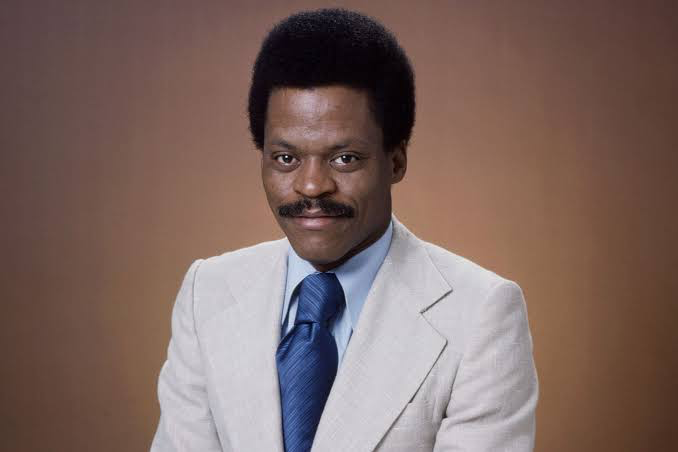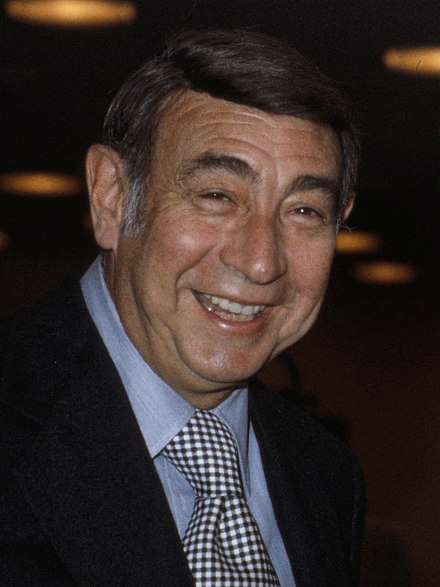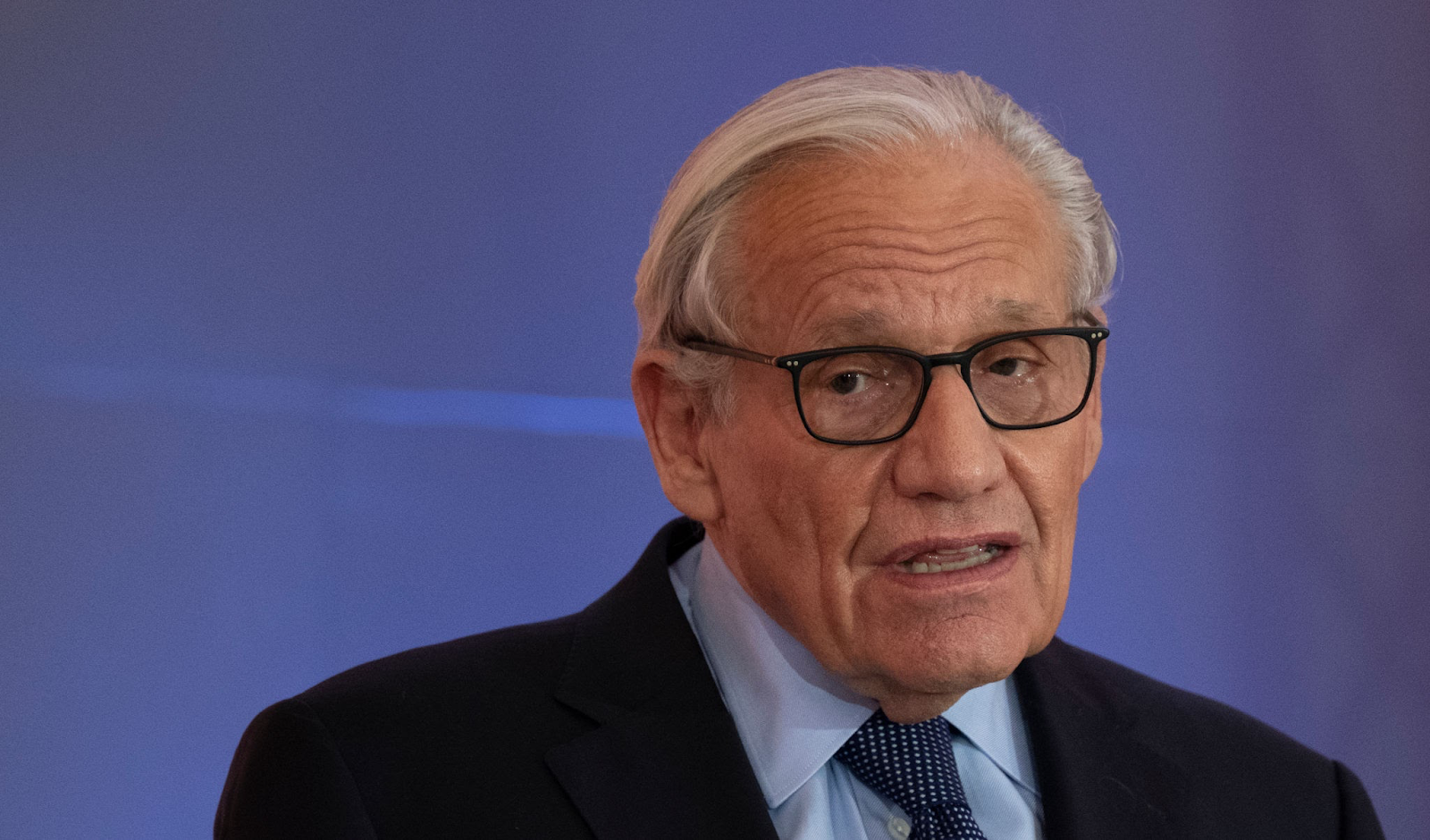Although I was watching this presentation online and not in the classroom, it was by far my favorite presentation and EOTO that we have done so far. The three individuals that I want to focus on the most are Bernard Shaw, Howard Cosell and Bob Woodward.
Bernard Shaw was one of the most influential journalists of his time. He was interested in journalism at a young age and since then, had always known it was this passion that he wanted to pursue as a career. He grew up watching Edward R Murrow, one of the most famous journalists ever, and gained great inspiration from him.

Shaw would report and write for various newspaper companies before he secured his first television job with CBS News in 1971. His success would only accelerate from there, where soon after he was offered a position to be a correspondent, but ultimately declined that offer to join ABC.
Shaw would leave ABC to pursue a career with CNN where he would help start up the major company and be a premier anchor on the show, where his legacy acknowledged. Shaw's accomplishments would soon be recognized by the numerous awards he would win.
Shaw passed away in 2022, but his memory continues to live on today, as he will always be regarded as one of the best journalists of his era.
Howard Cosell is best known as one of the most recognized sports broadcasters in our history. However, not all of his on-air commentary was well received, as he had his fair share of controversial comments.

His domination in the sports world stemmed from him supporting Muhammad Ali and his hard hitting opinions with no censor to protect him.
After a seemingly racist comment about a boxer named Alvin Garret, Cosell's broadcasting career would come to a close. He gained much support from those that he was supporting and even Garret himself, his intended target, came to Cosell's defense.
Although he had these negative interactions, the positives were still obvious as he was honored for several of his most outstanding achievements.
Finally, there was Bob Woodward who was hailed as the "greatest reporter of all time". He attended The Yale School of Law where he completed two degrees, one being in English and the other in History. After his time dedicated to our country, he went to the Washington Post where he was seeking a job as a reporter. His attempt failed and he would not be granted a position there, but soon after, he would join a smaller newspaper company that would soon refer him back to the Washington Post.

He partook in many journalistic activities such as exposing the truth on presidents, something that previously couldn't be done before. He is also a dedicated author where his books have received numourous accolades. His book "The Agenda" became a best seller as it exposed the secrets of President Bill Clinton.
Woodward was so successful that many tried to search his books and call him out for "fake news" reporting to make him second guess himself that his reporting was not completely factual. However, his sources were accurate and respected sources who trusted Woodward with their confidentiality and his reporting skills.
Woodward is still alive today where he lives with his wife, Elsa Walsh, who is also a journalist. Their dedication towards effective and truthful reporting still lives on.
